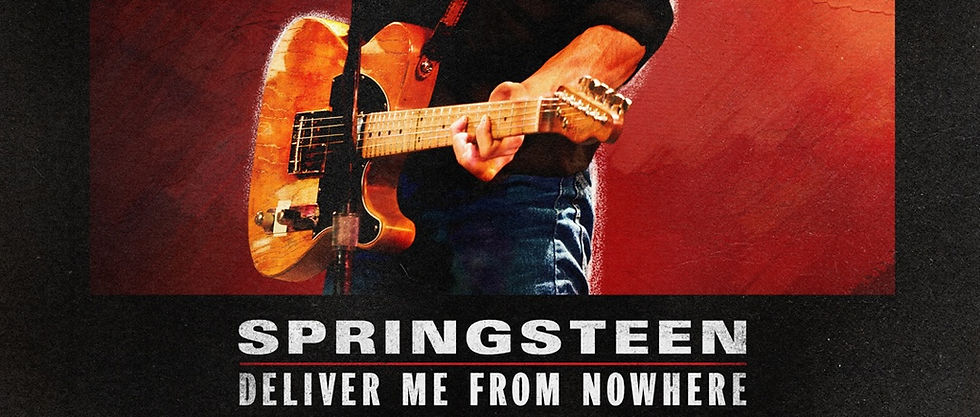A remembrance revisited: Our tribute to Clarence Clemons from a decade ago
- Pete Chianca

- Jun 18, 2021
- 3 min read
This was written 10 years ago, and I still can't say I've gotten over it. R.I.P., Big Man.
***
Published June 20, 2011:
Bruce Springsteen’s longtime saxophone player and sideman Clarence Clemons passed away Saturday at age 69 after complications from a stroke he suffered last week. Oddly enough, when I heard, my first thought wasn’t of one of the many E Street Band shows I’ve seen, but of a Bruce Springsteen concert where Clemons was nowhere to be found.
I’m talking about a 1992 Meadowlands show Springsteen performed with the “Other Band,” the group he put together after disbanding the E Street Band in the late ’80s. It was my first Springsteen concert, so I suppose I shouldn’t have known what I was missing. But I’d pored over the five LPs that made up “Live 1975-85″ so many times that I’d felt I’d lived through those shows, and I wondered if Springsteen could make that kind of magic with the faceless bunch he was bringing on tour with him this time around.
And it’s a testament to Springsteen’s prowess as a performer that he actually did. He dragged the show kicking and screaming into success through the strength of his own sweat and blood. Except for one moment.
Springsteen was no fool — he’d purposely designed his setlists for the tour to avoid any songs with saxophone solos. So there was no “Badlands,” no “Backstreets,” certainly no “Jungleland.” But he had to do “Born to Run,” and when it came time for the sax — no offense to Crystal Taliefero, who drew the short straw — it was like the air had been sucked out of the room.
She may have been playing a saxophone, but not with a capital “S,” like Clemons. The whole song collapsed in on itself — suddenly, there was no there there. And all the bleeding and sweating in the world on Springsteen’s part couldn’t bring it back.
Fast forward to November 2007, when Bruce Springsteen and the E Street Band were playing the Garden in Boston. It was the first time I saw “Jungleland” performed live, and when Clemons started into his solo, it was exactly the opposite of what had happened in New Jersey 15 years earlier. The arena brimmed with life, the swaying masses almost overcome by a sense of melancholy buoyed by hope — it made grown men cry, and be happy doing it.
It was a version of the feeling I’d experienced many times over, during the band’s reunion tour of 1999-2000 and the “Rising” tour of 2002-2003, and that I would experience again in 2009, during what turned out to be the last time I’d see Clemons play live. He had a way of taking what already seemed like the highest of highs and finding a way to bring it up a notch. Springsteen shows are always amazing; at those moments, they felt perfect.
When Clemons started into his solo ... the arena brimmed with life, the swaying masses almost overcome by a sense of melancholy buoyed by hope — it made grown men cry, and be happy doing it.
How did he manage it? His talent, certainly. But that’s not all it was. As David Remnick pointed out Sunday at NewYorker.com, “Sonny Rollins could step in for him and never be able to provide the same sense of personality and camaraderie.” Clemons’ relationship with Springsteen, the contagious nature of their connection, was palpable. And beyond that, the love and joy that shone behind his eyes somehow made their way out of his saxophone; they shimmered in every note.
There will be plenty of time to debate what Clarence’s passing “means” — for Bruce Springsteen, for the E Street Band, for the scores of fans who’ve followed their every move for so long. For now, I’d rather celebrate the man and his music, and thank him for what it’s meant to me, like the millions of others mourning his passing.










Comments